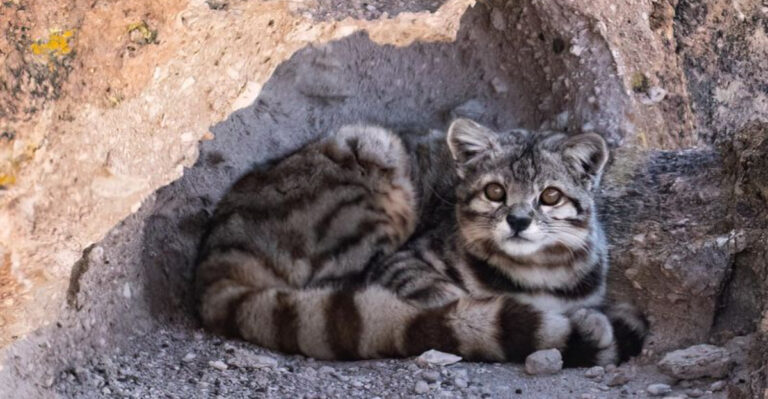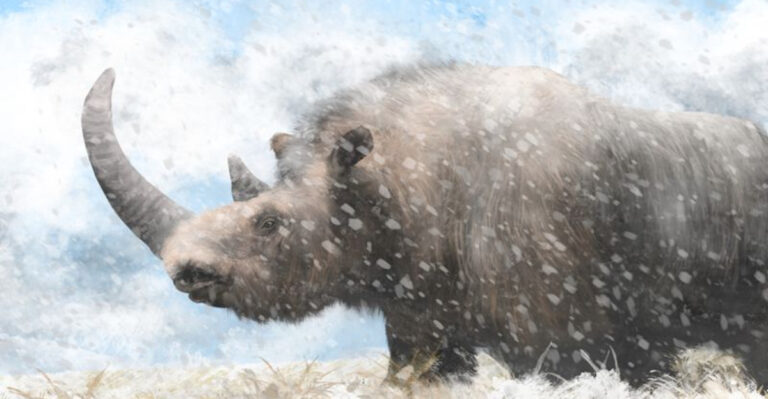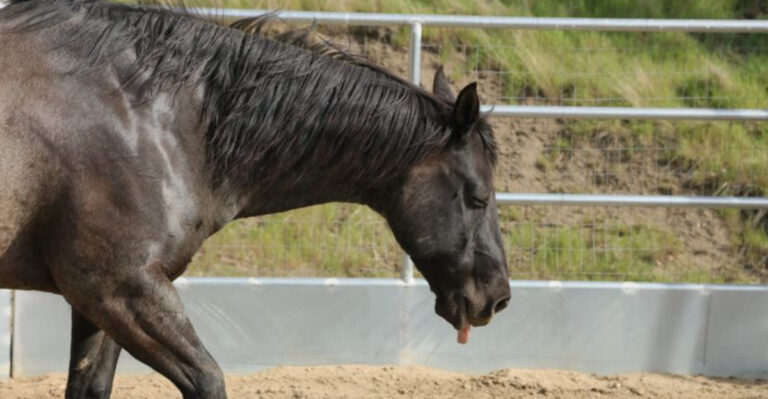12 Unique Fox Species Around The World And The Habitats They Call Home
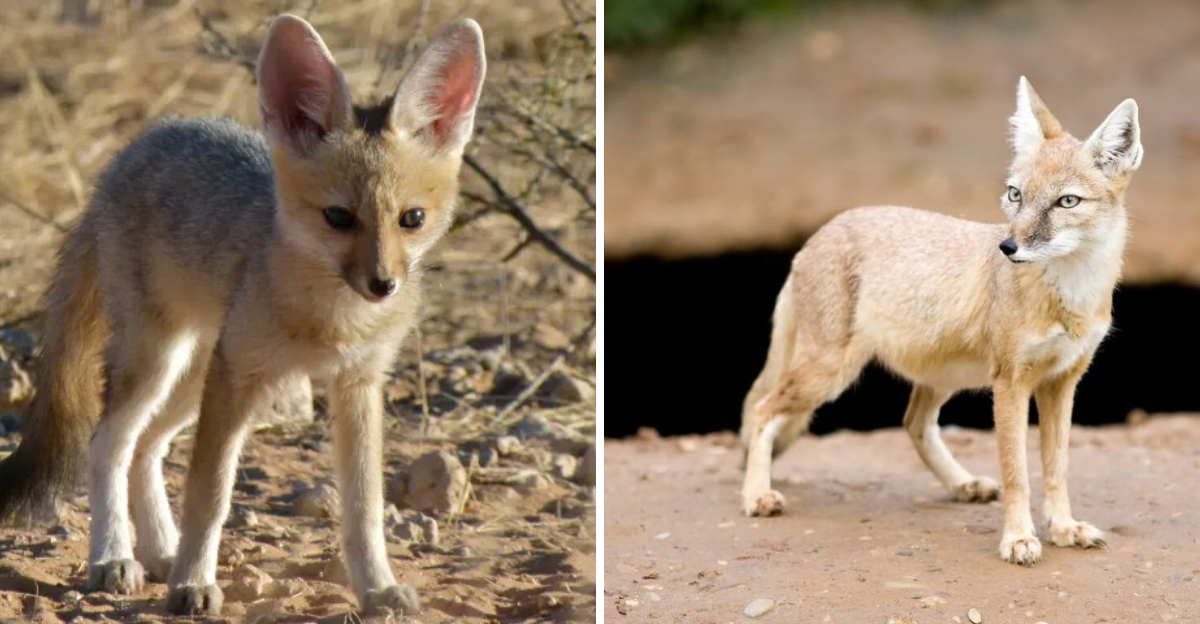
Foxes, those clever and adaptable canids, have conquered nearly every corner of our planet.
With their bushy tails and pointed ears, these remarkable creatures have evolved to thrive in environments ranging from scorching deserts to freezing tundras.
1. Red Fox (Vulpes vulpes)
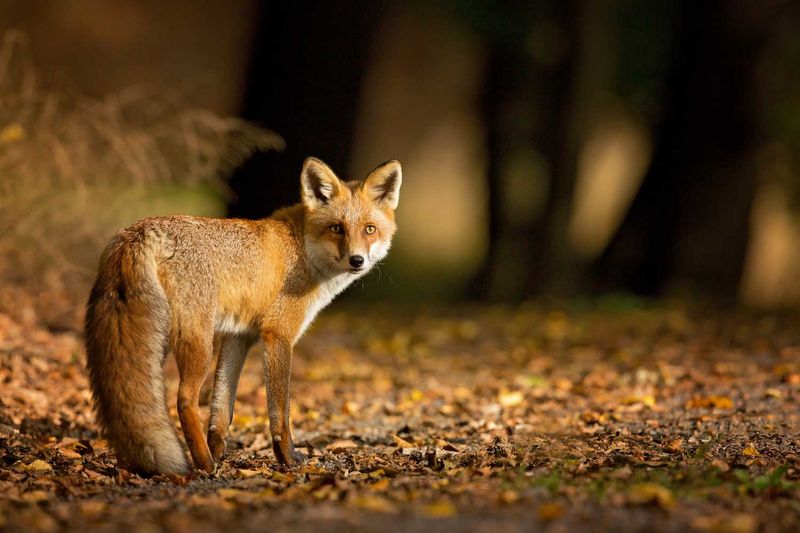
Master adapters of the wild, red foxes have conquered more territory than any other carnivore. Their rusty-red coat and white-tipped tail make them instantly recognizable.
From city parks to remote mountains, these resourceful hunters create dens in hollow logs, abandoned burrows, or beneath sheds in suburban backyards.
2. Arctic Fox (Vulpes lagopus)
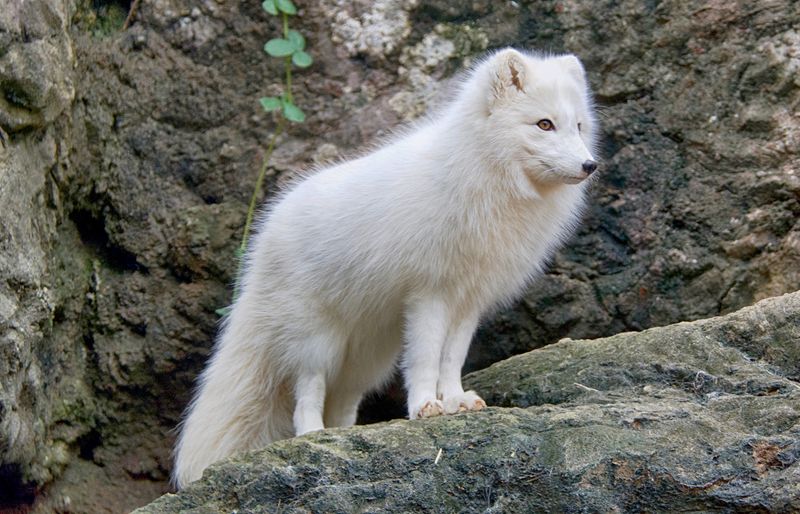
Winter’s ghost, the Arctic fox transforms completely with the seasons. Summer brings a brownish-gray coat that blends with rocks and vegetation, while winter unveils a pristine white disguise.
These cold-weather specialists have furry paws that act like natural snowshoes. Their round, compact bodies conserve heat brilliantly in temperatures that plummet to -50°F.
3. Fennec Fox (Vulpes zerda)
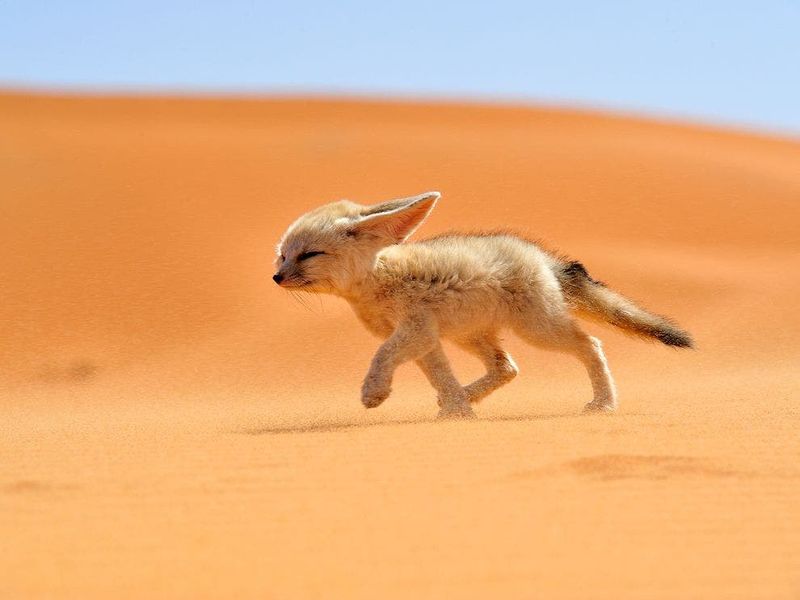
Those enormous ears aren’t just for show! Fennec foxes use their distinctive 6-inch ears as natural air conditioners, dissipating heat in their scorching desert home.
Barely weighing 3 pounds, these pint-sized predators dig elaborate burrow systems beneath the sand. Their cream-colored coats reflect sunlight while furry foot pads protect against burning hot sand.
4. Tibetan Fox (Vulpes ferrilata)
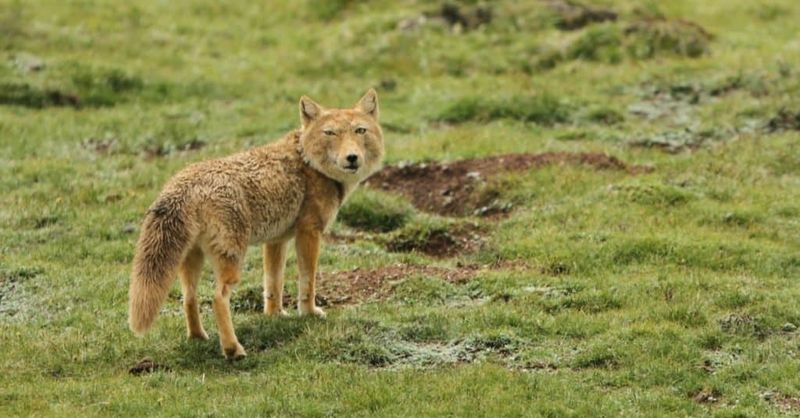
Square-faced and serious-looking, Tibetan foxes sport a distinctive appearance unlike any other fox species. Their unusually wide heads and angular facial features have earned them the nickname “the fox with a square face.”
Roaming elevations up to 17,000 feet, these hardy mountaineers hunt pikas and small rodents across windswept plateaus.
5. Cape Fox (Vulpes chama)
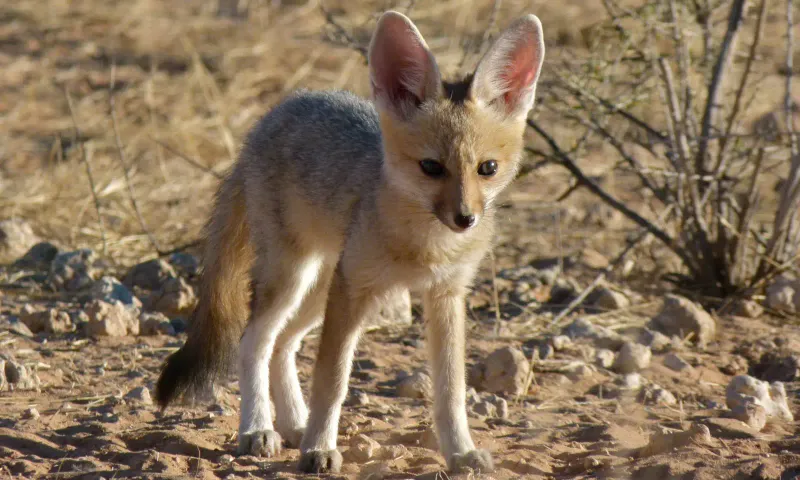
Africa’s silver-backed fox glides through golden grasslands with graceful stealth. Smaller than their red fox cousins, Cape foxes sport silver-gray backs that contrast beautifully with their yellowish flanks.
Nocturnal by nature, these hunters emerge at dusk to feast on insects, rodents, and occasionally fruit. Their large ears constantly swivel, detecting the slightest rustle in the grass.
6. Corsac Fox (Vulpes corsac)
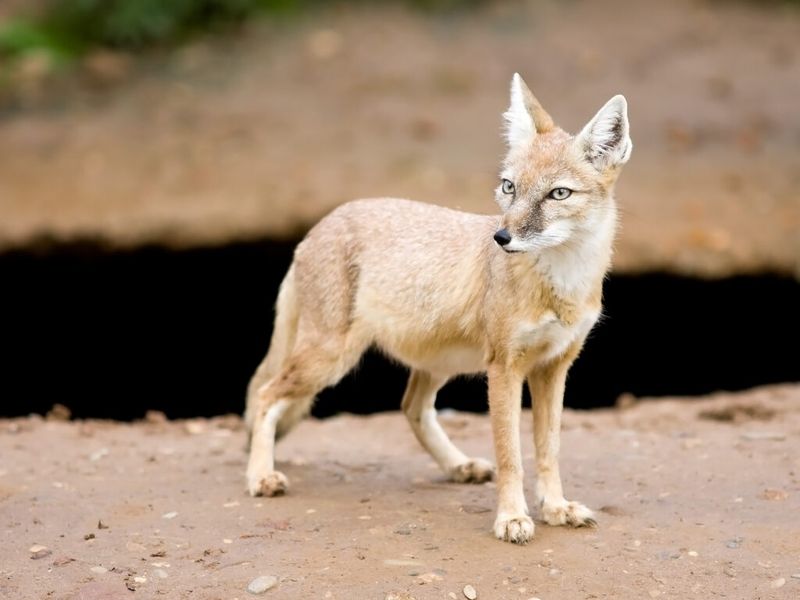
Steppe survivors with remarkable resilience, Corsac foxes thrive where few other predators dare to roam. Their pale sandy coats match the barren landscapes they call home.
Unlike many foxes, Corsacs often form small social groups, sharing burrows and hunting territories. During harsh winter storms, they may shelter in abandoned marmot burrows for days at a time.
7. Bat-Eared Fox (Otocyon megalotis)
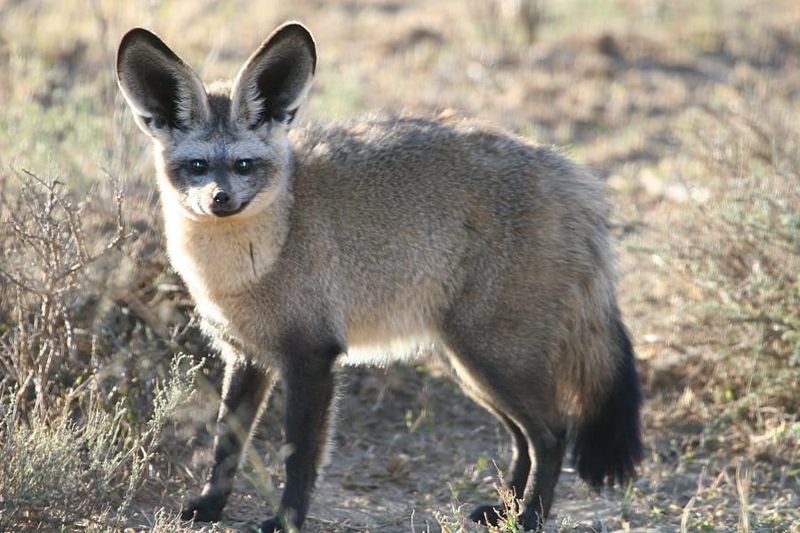
Nature’s radar dishes, bat-eared foxes possess the largest ears relative to body size of any canid. These enormous sound collectors can detect insect larvae moving underground!
Family-oriented and monogamous, both parents help raise their kits. They’re termite specialists, using their small teeth and powerful jaws to crunch through thousands of insects daily.
8. Gray Fox (Urocyon cinereoargenteus)
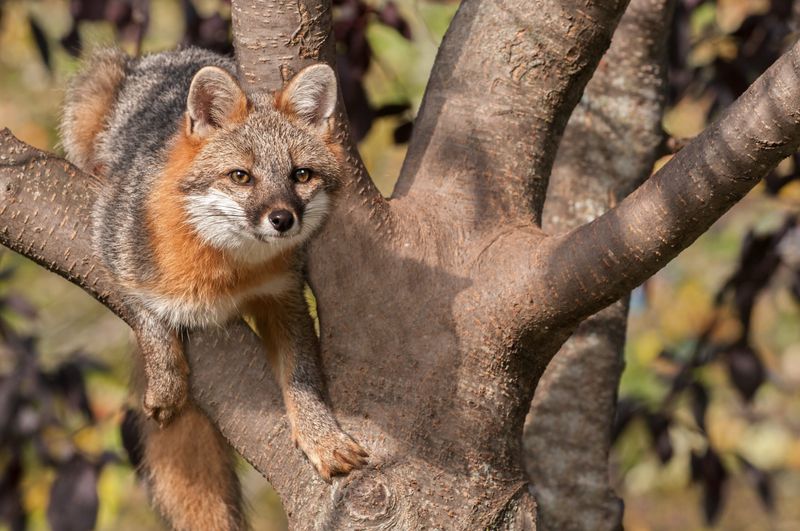
Tree-climbing champions of the fox world, gray foxes possess curved, semi-retractable claws that allow them to scale trunks with surprising agility. Their salt-and-pepper coats feature distinctive black-tipped tails and rusty patches.
Ancient among North American canids, gray foxes evolved millions of years before their red fox cousins arrived. They’re omnivorous opportunists, feasting on everything from berries to rabbits.
9. Island Fox (Urocyon littoralis)
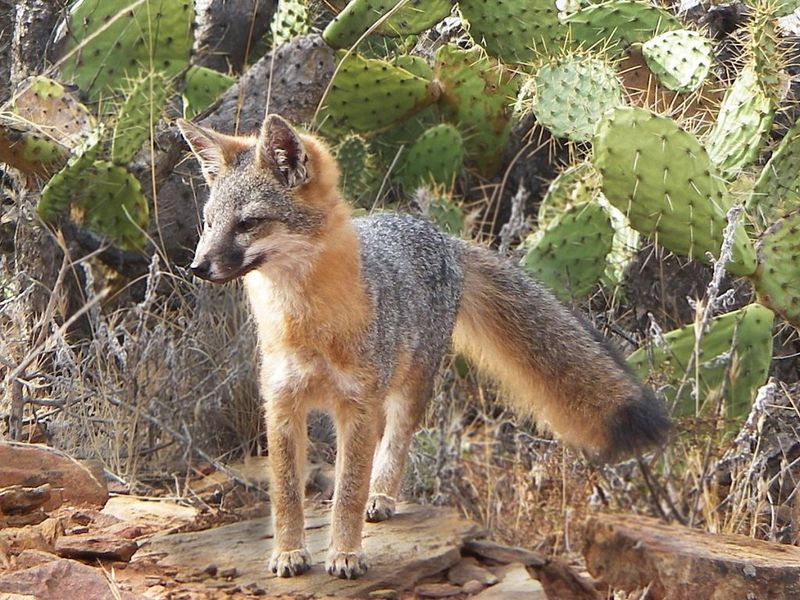
Evolution’s miniature masterpiece, island foxes are house cat-sized descendants of mainland gray foxes. Each Channel Island hosts its own distinct subspecies, showcasing evolution in action.
Nearly driven to extinction in the 1990s, these charismatic dwarfs have made a remarkable comeback through intensive conservation efforts. They’re omnivorous foragers, sampling everything from mice to fallen fruits.
10. Swift Fox (Vulpes velox)
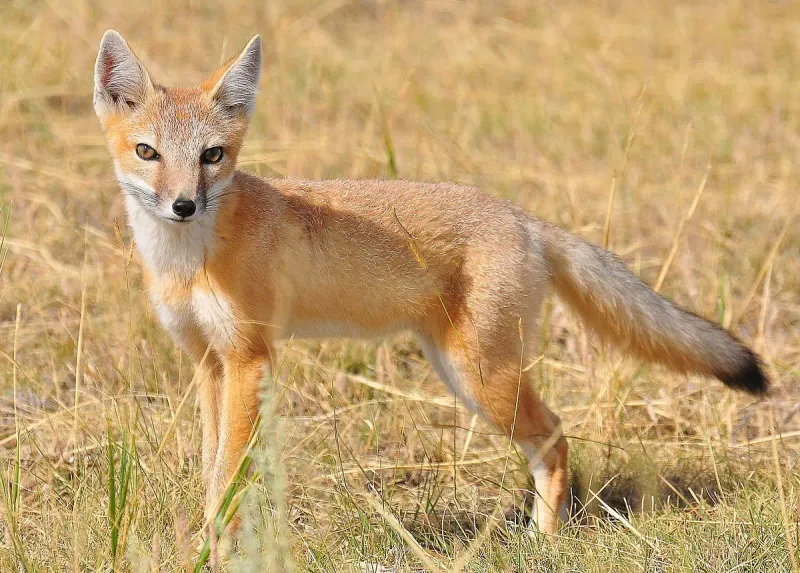
Prairie speedsters living up to their name, swift foxes can dash at 25 mph across open grasslands. These cat-sized canids sport tawny coats that blend perfectly with shortgrass prairies.
Once nearly eliminated from much of their range, conservation efforts have helped populations rebound. They’re prolific diggers, creating multi-entrance burrow systems that provide shelter from predators and extreme weather.
11. Sechuran Fox (Lycalopex sechurae)
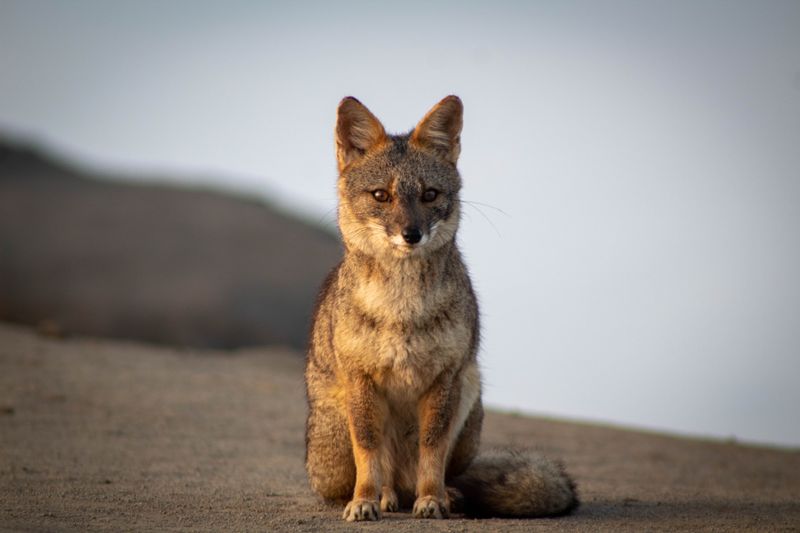
Desert ghosts of South America, Sechuran foxes navigate their harsh environment with remarkable efficiency. Their large ears dissipate heat while their gray-beige coats reflect the scorching sun.
Highly adaptable omnivores, they switch between fruits, insects, and small vertebrates depending on seasonal availability. During extreme dry periods, they can extract sufficient moisture from their food without drinking water.
12. Hoary Fox (Lycalopex vetulus)
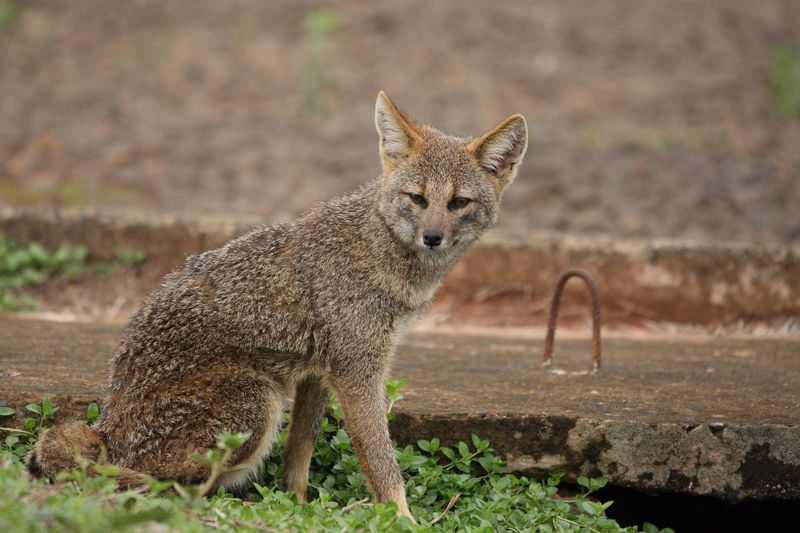
Brazil’s grassland specialist, the hoary fox sports a distinctive salt-and-pepper coat that inspired its “frosted” name. Unlike most foxes, these unique canids primarily feast on insects, especially termites and dung beetles.
Monogamous pairs share territories but often forage separately. Their slender muzzles and specialized teeth are perfectly adapted for their insectivorous lifestyle in the open Cerrado grasslands.

